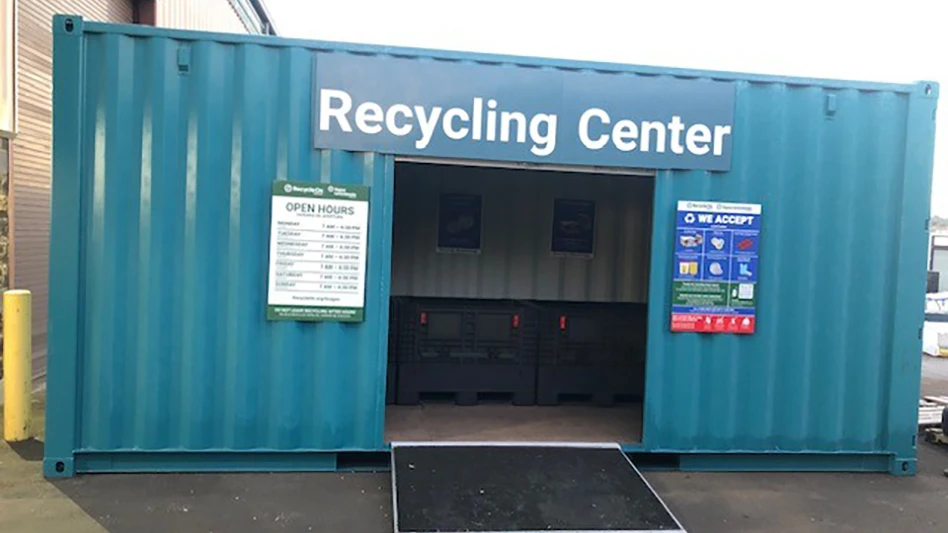New York City Mayor Michael Bloomberg’s recent decision to cut back on curbside commodities collected was clearly a step back in the eyes of recycling advocates. Less clear was whether the move will actually trim the city’s solid waste budget.
A former New York City Department of Sanitation budget analyst who is now an independent consultant believes the recycling collection cutback does not solve any budget problems, but another change in strategy might.
“The only real conclusion I draw is that if we’re serious about reigning in our waste budget, ‘pay-as-you-throw’ deserves a hearing right now,” says Steve Hammer, president of Hammer Environmental Consulting, New York.
Pay-as-you-throw is a system where residents must pay for any additional solid waste bags or containers collected beyond an allotted annual or weekly number. Programs can be designed to use designated bags or tags placed on cans used by residents. Residents would be charged a set amount for any waste exceeding their annual allotment.
“Pay-as-you-throw programs exist in more than 5,200 communities around the U.S., including Los Angeles, Oklahoma City, San Jose and Austin,” writes Hammer in the executive summary of his report. “In other cities, researchers have found that waste levels decline by 16 to 17 percent when a pay-as-you-throw system is established.”
A limitation to pay-as-you-throw in New York, Hammer admits, is that more than 60 percent of New Yorkers live in multi-tenant buildings (of five or more units), making it difficult to track solid waste collection. “Pay-as-you-throw could be limited to one, two or three-family dwellings, keeping waste reduction incentives intact and providing some relief to residents of larger buildings who pay property tax rates five times that of these smaller dwellings,” says Hammer.
In other cities where pay-as-you-throw has been instituted, recycling rates rise as residents make sure to put suitable materials into the recycling bin rather than taking up the limited space in their trash bags or cans.
“New York City’s recent suspension of glass and plastic recycling is problematic, because it reduces the availability of legal alternatives to waste disposal,” says Hammer. “Timing is therefore critical, as it makes the most sense to implement pay-as-you-throw in conjunction with a fully revitalized recycling program.”Latest from Recycling Today
- US Steel to restart Illinois blast furnace
- AISI, Aluminum Association cite USMCA triangular trading concerns
- Nucor names new president
- DOE rare earths funding is open to recyclers
- Design for Recycling Resolution introduced
- PetStar PET recycling plant expands
- Iron Bull addresses scrap handling needs with custom hoppers
- REgroup, CP Group to build advanced MRF in Nova Scotia





